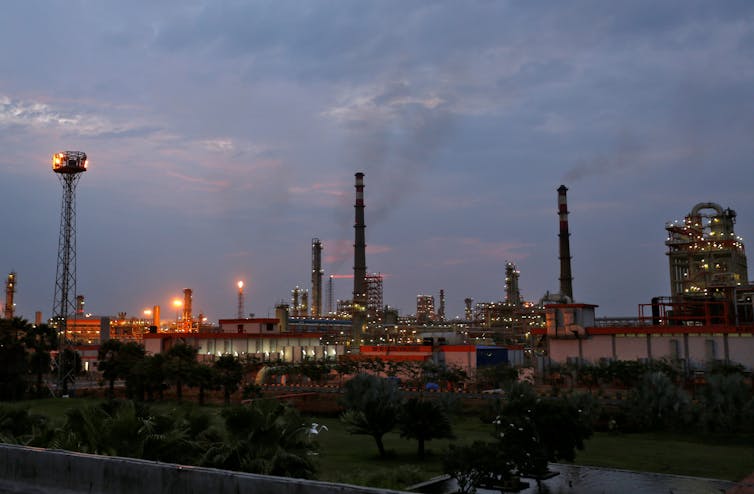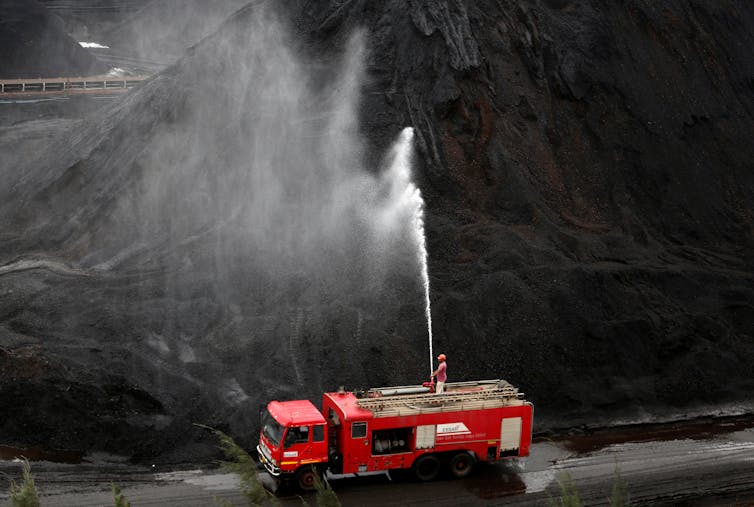With election results on the edge today and Modi government on the rise already for the second term, what could be the possibilities of NDA this time? Time again and again in the past 5 years we have seen radical views on the rise of “Hindutva Raj” walking side by side on the streets while also witnessing infrastructural development on a wide scale.
2019 elections hold a really important place as it would decide whether BJP will rule again or Indian National Congress would come back in power.
Let’s have a look at the past and possibilities of Namo 2.0:
More of World tours?
In a news article by economic times, Narendra Modi has supposedly taken 165 trips in total and had a total expenditure of 2021 crores. Though the trips were majorly focused on Foreign Direct Investment which did increase in his tenure but do we really need more of FDI and less attention on the root problems of the country such as poverty, unemployment, gender inequality and others?
Compared to Manmohan Singh’s term the total expenditure of his trips were accounted to be 1346 crores in total.
Total number of countries visited by him throughout are as follows according to Wikipedia:
Visited once;
Argentina, Australia, Bangladesh, Belgium, Bhutan, Brazil, Canada, Fiji, Indonesia, Iran, Ireland, Israel, Jordan, Kenya, Kyrgyzstan, Laos, Maldives, Mauritius, Mexico, Mongolia, Mozambique, Netherlands, Oman, Pakistan, Palestine, Philippines, Portugal, Qatar, Rwanda, Saudi Arabia, Seychelles, Spain, Sweden, Tajikistan, Tanzania, Thailand, Turkey, Turkmenistan, Uganda, Vietnam
Visited twice;
Afghanistan, Kazakhstan, Malaysia, Myanmar, South Africa, South Korea, Sri Lanka, Switzerland, United Arab Emirates, United Kingdom, Uzbekistan
Visited Thrice;
France and Japan
He has been to Germany, Nepal, Russia and Singapore four times in total and finally he has visited China and United States for a total of times.
MORE OF LYNCHINGS?
India has witnessed almost 63 attacks done by Cow vigilantes which according to Reuters report came on the rise after the “Hindu Nationalist government” came in power in 2014. The report also states that a total of 28 Indians of which 24 of them were Muslims had been killed.
In 2014 itself we witnessed almost 4 violent attacks leading to communal tension from august 2014 to October 2014.
It only kept increasing and the numbers came up to 6 in total where individuals were beaten to death, it led to the extremes where a right wing Hindu mob in Jammu Kashmir “incorrectly” suspected that an 18-year-old had been transporting beef and had to suffer injuries due to gasoline bombs bring thrown at him.
From 2016 to 2017, India had already witnessed 16 attacks resulting from mob lynching due to alleged suspicion of cow smuggling and beef selling. The frequency of the attacks took a different turn in 2017 where the attacks rose up to 11 from 5 in 2016.
From 2018 to 2019, the attacks decreased down to 9 but still had some gory news to it where individuals aged 50 were shot in head or thrown in gutter.
GOING AGAINST THE NORMS OF EC
Twenty-one parties accused Bhartiya Janata Party of “blatantly” politicizing armed forces for vote bank. The joint meeting of the 21 parties equally criticized how the Modi government had been dealing with national security and failing at it.
“National security must transcend narrow political considerations. The leaders observed that the Prime Minister has, regrettably, not convened an all-party meeting as per the established practice in our democracy.”
IMPULSIVE DECISIONS
On November 8, 2016 Prime minister declared a possibly beneficial decision for the country to get rid of black money and corruption, Demonetisation. This impulsive decision was not even discussed with the RESERVE BANK OF INDIA and RBI itself was made aware of the decision 2 hours ago before it was announced.
Later in the report released by RBI annually announced that our economy lost 1.5 percent of GDP in growth terms which was near to 2.25 crores a year.
Apart from the “Monetary aspect” to it which apparently failed majorly, this decision took 100 lives.
COMMUNCAL VIOLENCE NECESSARY WITH INFRASTRUCTURAL DEVELOPMENT?
The country saw the rise of infrastructural development on a wide angle, the rise of metros, cleaner cities, our apparent “ache din”. All these came with a cost of lives especially in the north and rural areas of the country.
There was a 28% rise in communal incidents under BJP rule. Statistical data collected by IndiaSpend showed an increase of 47% communal incidents in UP itself from 133 in 2014 to 195 in 2017.
According to RTI in 2017 itself 822 cases of communal violence were reported in which about 111 people were killed and 2384 were injured. Wherein 2016 702 cases were reported in which 86 people were killed and 1921 were injured.





















